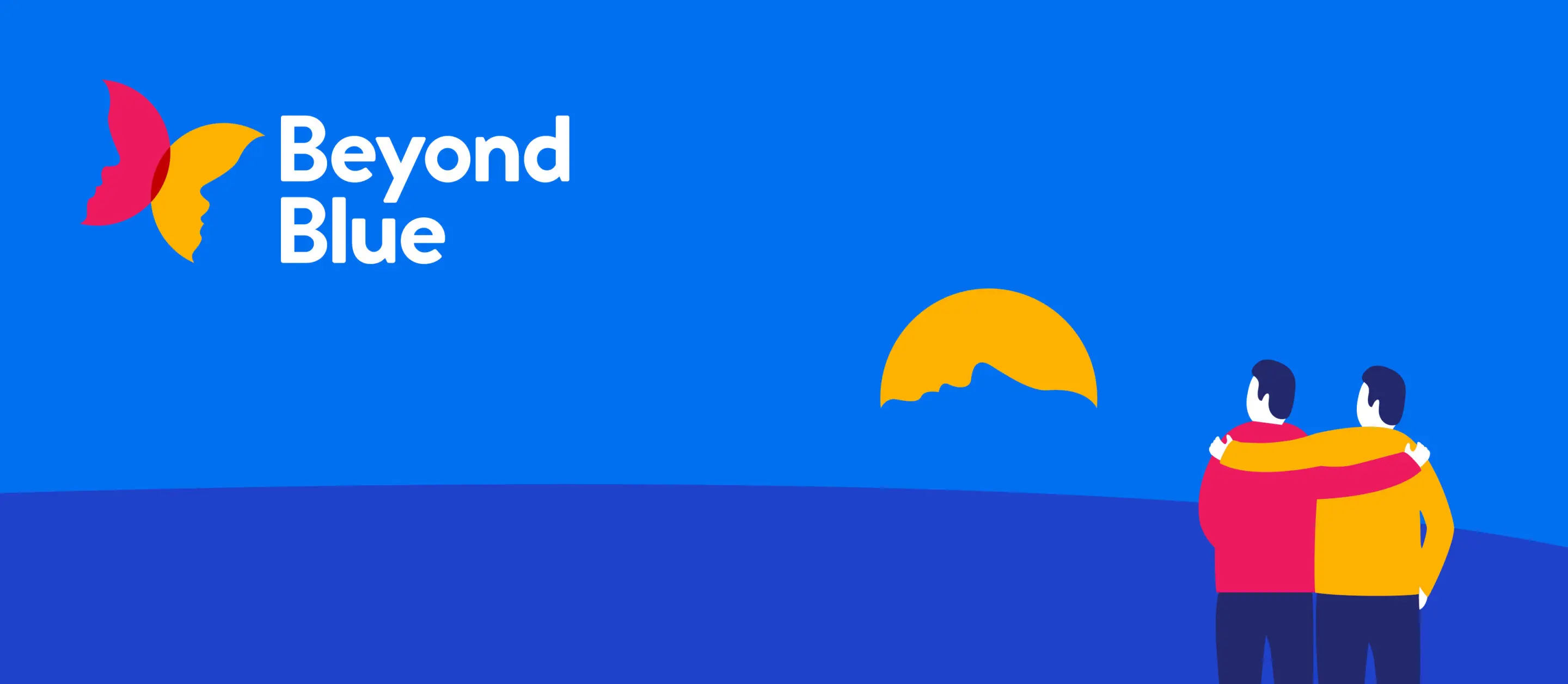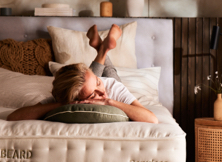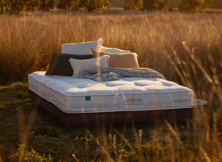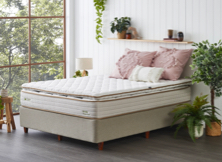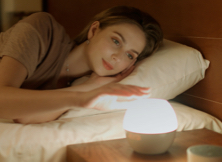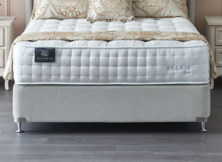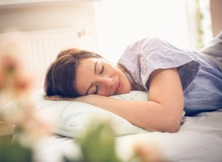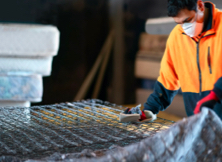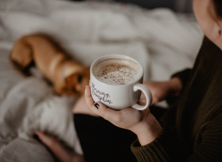Do you find yourself in need of an energy boost after lunch? Try mastering the art of napping.
Napping is ingrained in many cultures across the world; in Spain, businesses close after lunch for the midday siesta, napping in public in Japan is seen as a marker of hard work, and more recently, US companies such as Google have introduced ‘nap pods’ to the office in attempt to boost their employees’ productivity.
But why is napping good for you? And how long should you be napping for, to get the most out of it? We’ve put together a quick guide on the benefits of napping.
Why is napping beneficial?
Naps can help to make us more alert, and feel more rested and rejuvenated. When we don’t get enough sleep the night before, a nap can give us the energy boost we need to conquer the rest of our day. And even if we have gotten enough sleep (that is, 7 to 8 hours a night for healthy adults) a nap can help us feel refreshed when we experience that all-too-familiar drop in energy. A nap may help a person cope with the day better, both mentally and physically.
Napping can be a particularly helpful tactic when you know you won’t be getting much sleep that night. Shift workers, in particular, can benefit from a well-timed afternoon nap, if they are planning on working an all-nighter shift that evening. It often provides the extra boost of energy a person needs to continue into the night time – when the body is naturally designed to be asleep.
How long should a nap be?
- naps that last for 20 minutes or less
- naps that last one hour or longer
The 20-minute ‘power nap’
20 minutes is the ideal amount of time to nap to boost your energy and productivity (1). If you’re napping to simply feel more refreshed, 20 minutes is optimum, as it allows you to nap through the lighter stages of sleep without reaching the deeper ones.
The benefits of a 20-minute power nap can be explained through the sleep cycle. A sleep cycle lasts about 90 minutes on average, and consists of four stages of sleep: two light stages first, before slow-wave sleep, and then finally REM (Rapid Eye Movement) sleep. Unlike at night, when the goal is to reach the deeper stages of the sleep cycle, keeping your daytime nap to the lighter stages of sleep will ensure that you wake up feeling full of energy, and not drowsy.
Napping for more than one hour
Napping for over one hour ensures that one complete sleep cycle will take place (1). When we progress through every stage of the sleep cycle, our brain is able to consolidate memories and rejuvenate itself. If you are suffering from sleep deprivation from the night before, try to nap for as close as possible to 90 minutes exactly, and chances are you’ll wake up feeling well-rested and with more alertness and mental clarity.
If you aren’t sleep deprived and just want an energy boost, it’s recommended that you opt for a 20-minute nap instead.
When is the best time of day to nap?
We recommend that naps take place in the mid afternoon. Our blood sugar levels and body temperature both experience a drop between the hours of 2 and 4pm (2), so we recommend napping in this window.
If you are napping too late in the day, you run the danger of not being able to sleep at night. Only nap late in the day if you are planning on spending your night working a night shift and pulling an all-nighter.
Tip: be strategic
When setting a timer and lying down to take a nap, it’s important to fall asleep as soon as possible to get the most out of the time you’ve allocated. Make sure you’re napping in a relatively dark, comfortable place with a cool temperature, whether it’s your bedroom, lounge room or elsewhere. If you’re napping at the office, consider a ‘do not disturb’ sign on the door or simply let colleagues know you’ll be taking a nap. Try to make sure your napping place is quiet, or invest in a pair of earplugs.
Once your alarm goes off and your nap time is over, it’s best to get straight up and back to business. Splash some water on your face or take a brisk walk to help you wake up.
When is napping not beneficial?
Not all napping is good napping. Here are some things to steer clear of:
- Napping for too long. Napping for longer than recommended will not only leave you feeling tired and drowsy when you wake up, but has bad consequences for your health. Napping for between 20 and 90 minutes puts you at risk of waking up in the middle of a sleep cycle, which confuses the body about whether it should be awake or asleep. A 2011 study conducted at Harvard showed that those who napped for 30 minutes woke up feeling groggy and disoriented, and had more trouble concentrating, than those who napped for 20 minutes (3).
- Napping too late in the day means you’ll likely find it difficult to get to sleep at night. Don’t forget – naps should be used to boost alertness only, and no amount of naps can make up for sleep lost at night.
- National Sleep Foundation https://www.sleep.org/articles/what-is-a-power-nap/
- Sleep Health Foundation https://www.sleephealthfoundation.org.au/napping.html
- https://www.health.harvard.edu/healthbeat/the-benefits-of-napping

